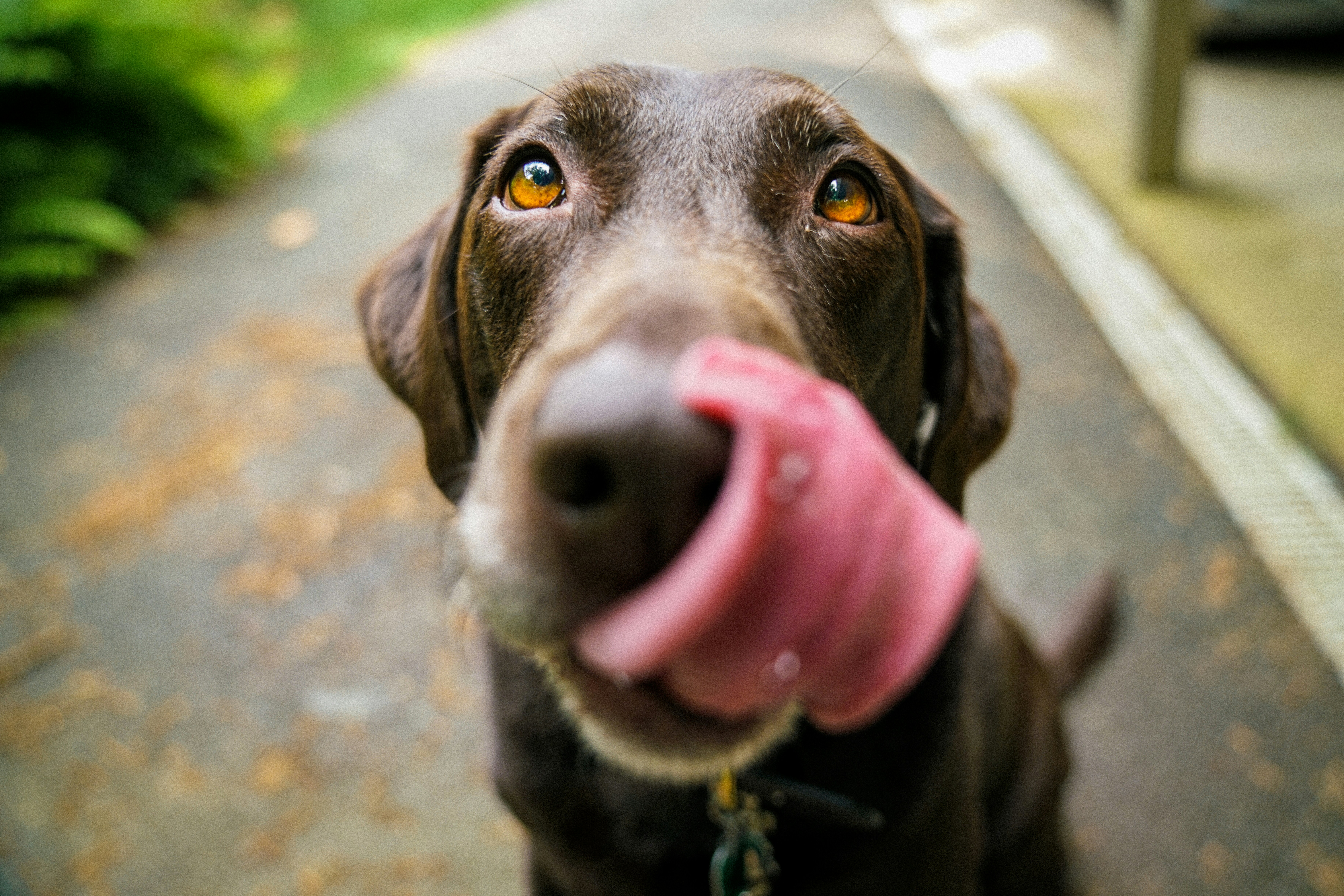Seasonal Shedding: Nutrition, Supplements & Grooming Routines
Omega-3 fatty acids help maintain a strong skin barrier, reducing breakage during seasonal shedding. Regular grooming routines, tailored to coat type, are essential for managing shedding. Consult a veterinarian if shedding becomes excessive or accompanied by skin irritation.
Ryan Milford
December 5, 2023
Pet Health & Wellness
Seasonal Shedding: Nutrition, Supplements & Grooming Routines
Feed the follicle
Omega-3 fatty acids (fish oil, sardine toppers) keep the skin’s lipid barrier strong, reducing breakage during spring and fall coat blows. Aim for about 100 mg EPA/DHA per 10 lbs of body weight.
Set a de-shed calendar
Double-coats (Husky, GSD): weekly rake-outs in winter, twice-weekly during spring/fall transitions.
Short, dense coats (Lab, Pug): rubber curry every other day when temps swing more than 15 °F.
Curly coats (Poodle, Doodle): year-round slicker and comb; they shed hair into itself, not onto your couch.
When shedding is a red flag
Bald patches, oily dandruff, or a coat that thins outside the normal shedding window can signal alopecia X, hypothyroidism or flea-bite dermatitis. If the vacuum fills faster than usual and the skin looks irritated, book a vet check before trying a different brush.



